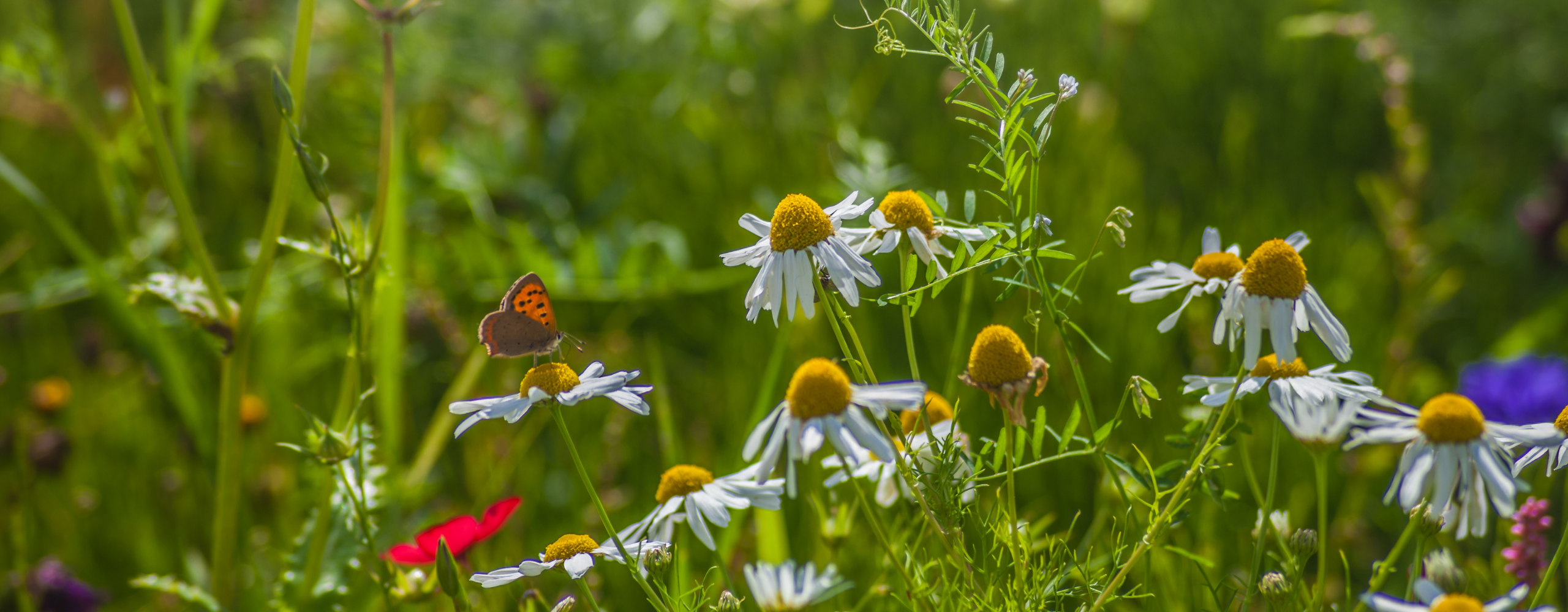
Last week the Irish Catholic Bishops’ Conference made the news when they agreed to “ask parishes, through their parish pastoral councils and diocesan trusts, as a first step, to identify and care for 30% of parish grounds as a haven for pollinators and biodiversity, in order that it can be enjoyed in perpetuity by the whole community”.
This initiative was driven by concern by the biodiversity crisis and inspired by the plan to protect 30% of our land and oceans agreed at the biodiversity COP15 held in Montreal in December as well as Pope Francis’s environmental encyclical Laudato Si’. It should create more green space for biodiversity to prosper, more ecosystems which can absorb carbon dioxide and purify air and more space for people to experience this flourishing. While this may sound like a relatively simple request, to comply with it will be more complex.
Land held by parishes should – in some way – contribute to the common good of a community and the biodiversity initiative should reflect this. Identifying and protecting 30% of ground for biodiversity will put this space in competition with alternative land uses and decisions about which type of use takes precedence will need to be made. A typical church’s lands may accommodate a garden, a car park, a graveyard or a community centre. That community will need to ask questions including: Is the space given over to car parking appropriate and necessary? Do we have facilities where people can store their bicycles? Can we as a parish engage with surrounding schools and community groups to develop this green space? Can we design spaces which can be used for worship, play, food growing and biodiversity? Can we manage our graveyards to be biodiversity-rich places where people can come to encounter nature as well as honour their dead?
Claiming Back the Common Good
If this example of using public land for the ‘common good’ was followed by everyone – from individuals to businesses to the State – it would significantly improve our lives, as well as help with the multiple social and environmental crisis we are living with.
Bord na Móna and Coillte have repeatedly been challenged to utilise their extensive land bank to help solve the ecological crises. The legal restrictions on harvesting and selling turf for energy have resulted in a relatively fast shift in the priorities in Bord na Móna towards a greener business model with bog restoration as a core activity. Even Coillte, which is still a profit centred semi-state body, is beginning to incorporate nature into its mandate.
These changes are important but do not match the scale of the problems. We need to look at every piece of publically owned land and think deeply about what the common good use would be. For places of high biodiversity, the best use could be managing lightly. National parks, our upland areas or patches of land for whatever reason have been let return to nature have huge potential in delivering for biodiversity. In areas where there is a great need for sustainable transport, for example between Maynooth and Dublin, good cycling infrastructure and greenways would constitute important ‘common good’ projects which are too often delayed by a fear of change.
Over the past few years the term ‘social housing on public land’ has become more commonplace. There is an increasing awareness that a is a human right and to make it available to everyone we must increase our supply of social and affordable housing. Publically owned land is the obvious place to start as the cost of developing housing is drastically reduced when land acquisition is removed from the equation.
Public land is not only for local governments and transport authorities to identify and use. In many towns and villages across Ireland grassroots community groups are actively looking for ways in which they can improve or increase the use of neglected or overlooked pieces of land. They do this through tree planting, rewilding, and creating community vegetable gardens or by adding amenities including benches and bins to encourage visitors.
Identifying land which can be used for these projects is often one of the biggest barriers to progress. Publicly owned land could be a huge opportunity for these communities. Currently, a lot of it is unknown, underused and sometimes claimed for private use, therefore restricting its use for the community. Harnessing these areas of land to develop biodiversity and ecosystem protected areas, sustainable transport, housing, community food growing, areas of play and recreation would benefit everyone. Thanks to the Bishops Conference, Catholic parishes have committed themselves to having this conversation. Now the rest of us must follow suit.

